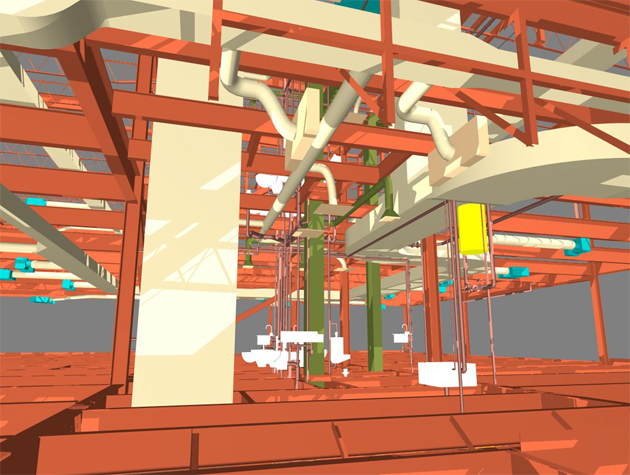Why BIM Adopters matter more than 3D in Construction
Tweet
Considering that, it makes sense that before construction adopts BIM, it is imperative to clarify the parameters of digital adoption on the ground. With more stakeholders in the construction industry exploring BIM's unique benefits, it is becoming the hot new buzzword. It is possible to share valuable data during a project using BIM correctly.
It remains unclear what constitutes a successful Building Information Model & its components. While 3D representations of your project are useful, they should not take precedence over data. There is only as much value to a 3D model as the additional information.
A Gentle Puss for BIM Standardization
The construction industry will be disrupted by BIM within a few years. If the right procedures and systems are in place, its impact can increase exponentially.
The primary purpose of Building Information Modeling is to help people become more organized and develop their processes in a digital environment therefore gaining more time, collaborating more, and ultimately trusting each other better.
Digital Solution Use in BIM
The next step is known as process digitalization once they start using digital tools in the field. They should be shown how to use the device the way they used to. Your most valuable allies will become your most valuable allies once they realize the value of the new way of working.
It may take a while to transition from a hammer to a tablet, but it's the foundation for digital transformation in construction. In addition to reducing rework rates and increasing productivity, a data driven approach will make construction sites more productive and connected.
BIM Process Standardization
It is without a doubt the final and most crucial step to standardize the construction process. You should push for standardization as soon as you turn your construction site digital. It will also result in a much faster learning curve for both internal and external projects. The adoption of BIM could be sparked by this shift in mindset and lead to meaningful changes in the construction industry.
The process is lengthy and demanding, requiring a great deal of effort on both sides and a strong focus on data. Data about a built structure must be prioritized before 3D representations are created.
BIM Learning Process for Construction Industry
Despite its long existence, BIM technology still appears to be viewed with some caution by many in the construction industry. Their lack of understanding of Building Information Modeling is mainly due to its great potential.
The construction sector must act to deal with this issue. The high initial costs associated with BIM training and on boarding are usually the reason for the reluctance to invest in BIM implementation. However, that's true for virtually every type of digital construction solution.
Many project teams skip this crucial step, so they use a BIM model effectively and create a unified classification system. Consequently, construction projects suffer from a lack of BIM orientation and isolation of the design and construction teams, resulting in missed information, more delays, and overblown budgets.
Wrapping it Up
In terms of data generation, construction ranks among the top industries on a global scale. However, this sector appears to be the worst at collecting, sharing, and analyzing this valuable information.
To get online demonstration, watch the following video tutorial.
Video Source: Autodesk Inventor
Therefore, this indicates that the digital culture of the sector is still very early in development and that the sector suffers from a significant digital gap that affects communication, collaboration, and development.
Implementation and use of BIM will only be effective when the industry is ready. A key consideration here is user adoption of BIM.

Gallery
Feel free to contact us for BIM requirements. One of our representative will respond you within 24 Hours. Send us your projects requirement today and grow your project.
Explore More !







